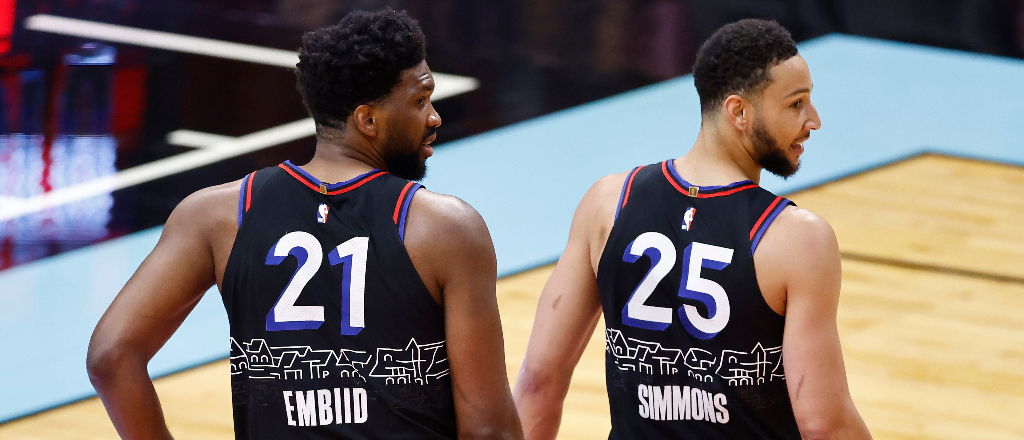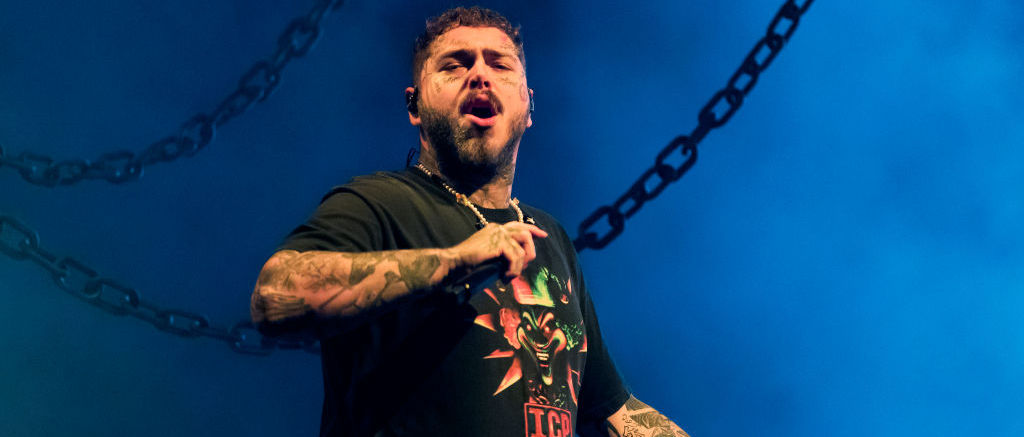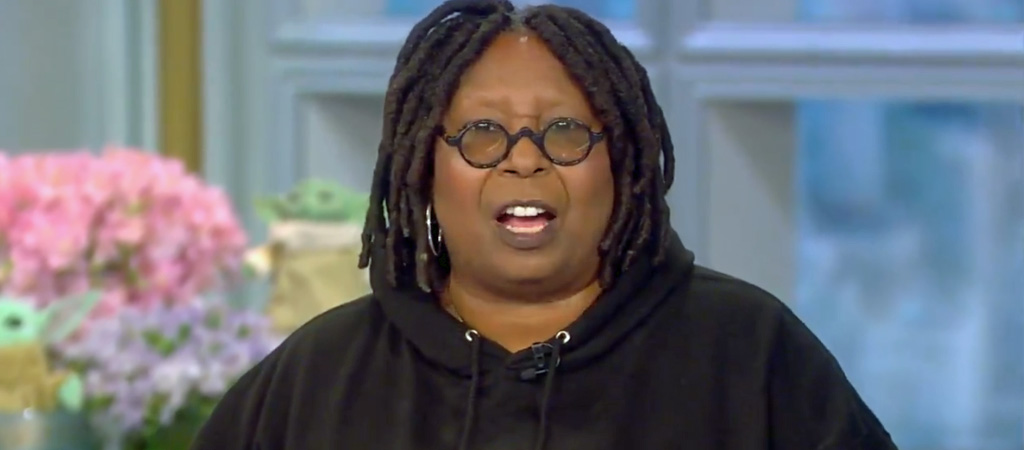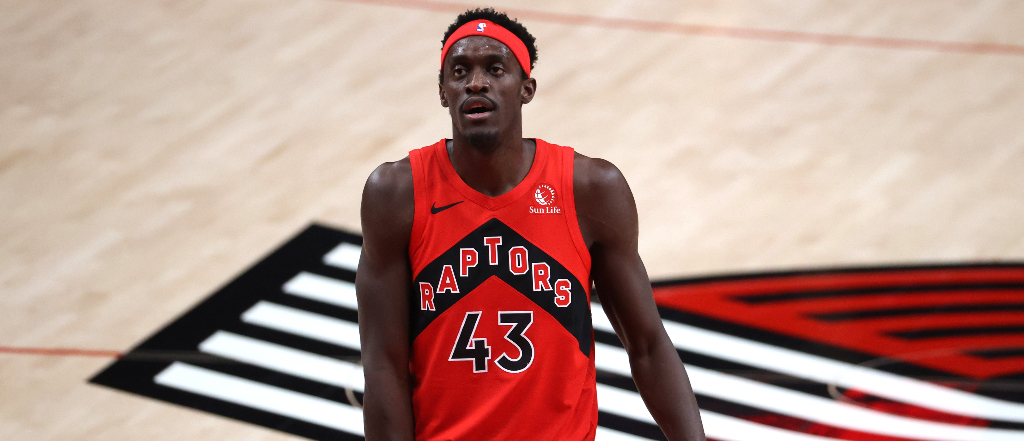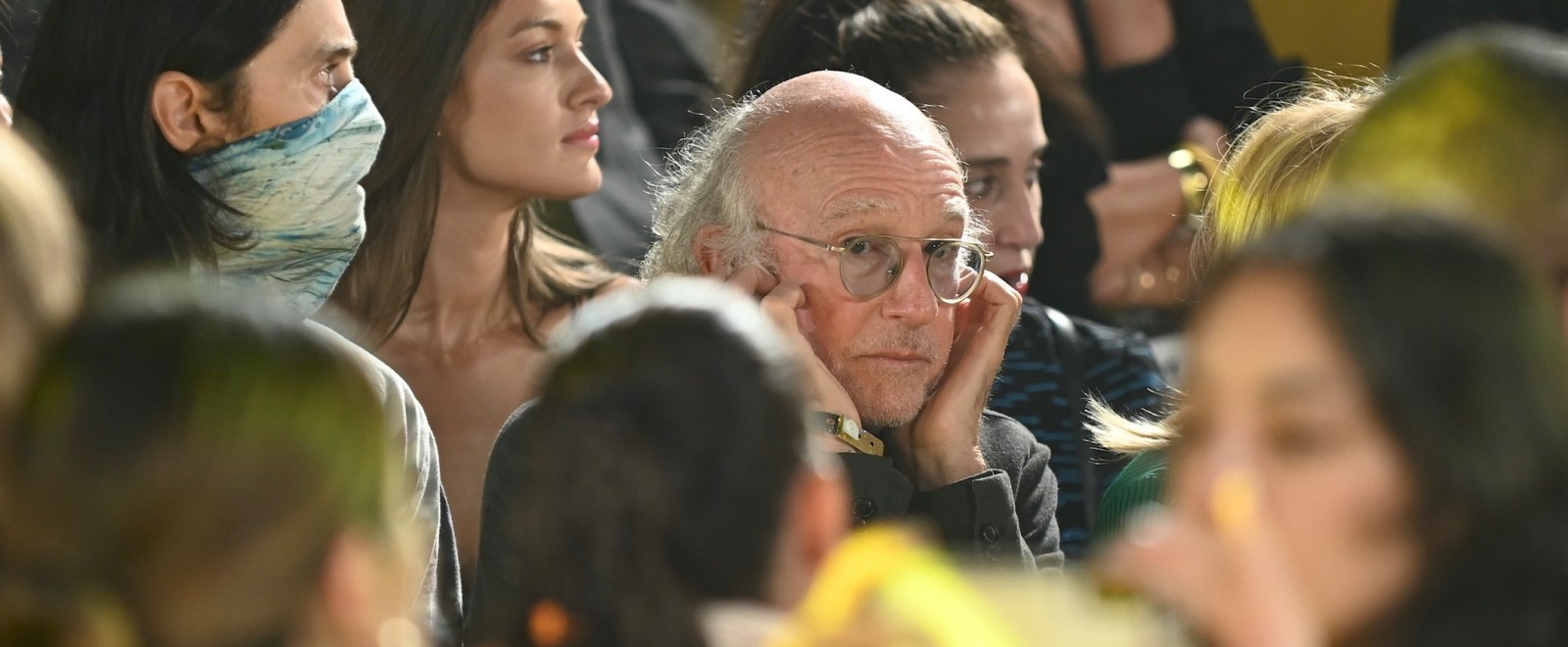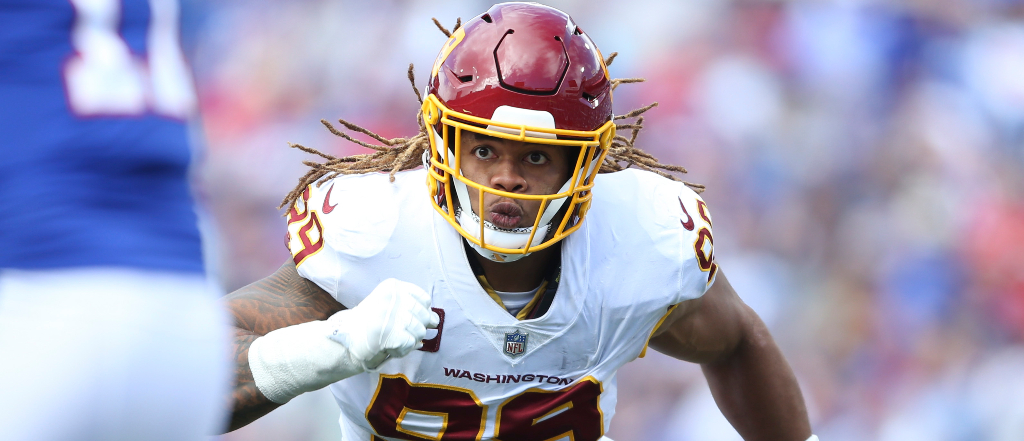
Things haven’t gone particularly great for the Washington Football Team three weeks through the 2021 NFL season. The team sits at 1-2 at this early point of the year, with their most recent loss being a 43-21 drubbing at the hands of the Buffalo Bills.
But despite the loss and the rough start to things, Young is confident that things will get better for the reigning champions of the NFC East. He also is a big believer in setting a standard of accountability, something that he says was instilled in him by his grandfather from a young age. It’s helped Young get pretty far up to this point — a top-10 recruit, a unanimous All-American at Ohio State, a Heisman finalist, etc. — and if all goes well, it should continue to guide him through a promising NFL career.
Uproxx Sports caught up with Young through USAA to talk about his game, Ohio State, his love of dogs, and much more.
What have your thoughts been on your team through three weeks, and what are your thoughts on how you’ve played three games into the season?
Yeah, we definitely can be better as a unit, just in terms of playing together, being locked in with each other. In that sense, I feel like if we can fix that, then you’ll see a lot of things turn around for us. I’m definitely a part of the team, so myself, I have to work on staying locked in with my guys, communicating on the field, and just making sure everything is clear, just try to help the defense as a whole. So, yeah, we’re definitely looking forward to Atlanta, just keep going hard.
I’m always interested in how guys approach their first full offseason in the league, you don’t worry about the Draft anything like that. What was your approach and focus this past offseason and how was that shaped by having a year in the NFL under your belt?
Yeah, I was focused really on being in shape, being at my body weight, working on my feet and ankles a lot. Definitely a lot of little things this offseason, I know from my first year what I needed. So, I just worked on everything, but paid close attention to those things.
Want to ask about how other teams approach you. Have you noticed the way that other teams approach the challenge of keep Chase Young out of the backfield change at all compared to your rookie year?
Yeah, definitely. Chips, slides, you know, that’s what happens. I’m up for the challenge with all that, it just comes with the game. And, you know, the best work through it.
I love watching your entire group play, because you have such a young and deep and talented defensive line that is the foundation for everything the defense does. How do you guys make one another better just by being around each other every day?
I feel like our motors, everybody wants to be great. That right there, just knowing how we practice, put in the effort that the guys around me put in, I just know I have to put in the same amount or even more.
I spoke to Sterling Shepherd last week, and he talked about the guys in the league whose games he really likes studying, taking a bit of their game and applying it to his own. Are there guys in the NFL, either now or from the past, who you’re like that with?
Yeah, definitely. Khalil Mack was definitely, coming out of college, my favorite. I studied a lot of Robert Quinn, great get off. I study Aaron Donald. He’s interior, but he uses techniques that you can use when outside as well. That’s just three dimensions, but definitely a lot more.
I want to ask you real quick about Ohio State and this Ohio State football team, because I live in Columbus and you know the standard that fans have for this program. What have your thoughts been on the team through the first four weeks?
I feel like they’re working through it. At the end of the day, it’s hard to win Big Ten football games, it’s hard to win division one level football games. At the end of the day, they’re winning, obviously they know they got to tighten up as we do on our defense. Coach Day, great coach, player’s coach, that’s my guy. He’s gonna make sure, I know he’s going to get things together, and I know coach J [defensive line coach Larry Johnson] is not going to stop me. He’s always the last coach in their, coaching us, and he’s going hard on those boys and making sure they just keep the standards.
Anyone who follows recruiting know Ohio State’s always elite, but that defensive line recruiting is next level. What is it about the Buckeyes that makes it so the guys like you, the guys like Zack Harrison, the guys like Taron Vinson, Jack Sawyer and JT Tuimoloau from last year, go “that is the best place for me”?
Yeah, it’s really the proof is in the pudding. Coach J, I believe he’s the best d-line coach in the country. This is just what it is, you go in there and he shows you the film of how he can change a player’s whole game from their freshman year to their junior year. You just sit there like, man, I can’t give this up, he can do this to me.
Want to ask about USAA. What do you have going on with them?
Yeah, so me, USAA, ESPN, I brought them to my home, showed them around, the things I like, how I go about my business here in VA. I have dogs, always been a dog lover growing up. And just showed them out here in the countryside and how we do things.
You mentioned your grandfather and his military background. How did that help shape you into a guy who became a five star recruit, a Heisman finalist, a top-5 pick and one of the defense best defensive players in the league?
I feel like accountability and just to know how to be a man, not being afraid to get your hands dirty. And seeing that from a young age, seeing that from an infant all the way up to the seventh grade, that was like my foundation that was instilled in me. It’s definitely still in me to this day, just how I handle and carry myself.
On that sense of accountability, how do you bring that and that mentality to everything you do as a football player — practice, games, talking to teammates and coaches, etc.?
Just, what type of pro do you want to be? Are you taking those opportunities to get better every time? That’s really what it comes down to. And right now, we’re doing our best to fulfill every opportunity just to get better.
I also have a dog and I’ve never related stronger to an athlete than when you talk about just how peaceful walking a dog can be. Have you always been a dog person and what is it about draw dogs that you are drawn to?
I was a dog person, I had dogs growing up in my house. I don’t know, I mean, you always can look to a dog for comfort. I guess you being the owner, you’re kind of only family that they have. They’re just a part of the family just like anybody else, and my dogs, they can run out on my land, I can leave them outside all night, it’s real cool, real peaceful. I can wake up and go outside and my dogs will be outside, it’s real peaceful out here in the country.

